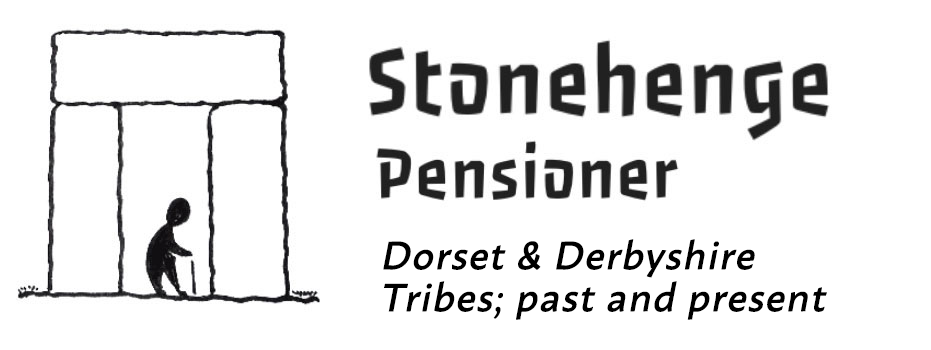Compost And The Garden
Once again, I am a slave to nature. However, I recall the condition from years before so it is not new to me. It is a state whereby the garden demands constant action from me, most of it hard labour. However, it is a symbiotic relationship; I help her and she helps me. I divorced myself from this intense relationship many years ago. That denunciation was a farewell too. I said to Ann, “I am fed-up mothering plants and vegetables from morn to night; we never go anywhere.” We downsized to Christchurch and got out more. Cue the lockdown. “Well, if I’m permanently here then I might just as well grow tomatoes and veg” is the gist of it. Consequently, I remarried nature aware that compost and the garden went hand in hand; compost is the garden’s fuel. Soil without compost is a dead medium. The most obvious indicator of this is the absence of worms.
Creating compost
We still compost all our kitchen and garden waste in an unseen part of the garden. It is roomy enough to turn the heap from one side to the other every few months. When doing this we find an uncountable mass of insects and worms. Any unrotted stuff is piled to one side, the beginnings of a new heap. What remains of the old heap is compost and is enough to fill three dustbins. Most of this amazing substance has passed through some creatures anus. I then use a spade to chop it up and push it through a 1/4″ sieve. This removes lumps and stringy bits, which are also thrown on the new heap. What remains is similar to peat; fine, black and potent for growing plants. I store this in old dustbins and, as it piles up, it fills me with pleasure. How sad is that? In addition, I swear I can hear the plants calling for this magic substance.
Jam
The gooseberry bush cries out in desperation so I lavish the compost 3″ deep all around it. No feed will be necessary for the rest of the season. The bush will give us up to 10 pounds of fruit. This will be jam like you have never tasted. However, the call for compost builds to a crescendo, along with my anxiety. The apple trees need feeding, and the bananas and what about the garlic plants?
Garlic
I saw the garlic bulbs at the nursery prior to the virus lockdown. They were on special offer, 2 for £1.00. I bought 4 and then thought that this was too few. I cycled back to the nursery and bought another four. It was only when I came to plant them that I remembered that each bulb must be broken into 12 – 15 cloves. I had far too many so gave some away. Finally, 40 are in compost and doing well. Those I put in the soil without compost are weedy and weak.
Salad leaves
Spicy Oriental salad leaves are good to grow and I had some seed from last year. I sow these in compost, in a deep pot. Consequently, the plants grow quite big and you can pick off leaves for many weeks. The compost has its own little trick and supplements these with wild rocket seedlings, which is a story in itself. When I first grew wild rocket, I left old plants to flower. The bees love the yellow flowers, and then they go to seed. I threw the old plants on the compost heap and, behold, they grow everywhere where the compost is spread. So, when I pot up dahlias and begonias, the rocket comes up first and can be eaten. Take care, as so do foxgloves and other possibly poisonous plants!
Tomatoes
I ordered my tomato plants early in the lockdown. If I bought 10 then a further 10 were added on special offer. That’s far too many so I am now scrambling to find containers and enough compost. To supplement these, I removed the staging (shelving) on one side of the greenhouse. The soil is dug over and slabs put around the edge. I use soil from a heap of old turf, once our front lawn. With added compost, there we have it, a bed fit for growing about 10 tomatoes. This greenhouse bed, plus my containers, means I am now ready for 20 plants.
Compost and the garden
The garden labour goes on. In the next couple of weeks, the spring bedding comes out of the borders. It will be replaced by the dahlias and begonias now filling the greenhouse. Every time I approach the compost heap, the blackbirds are there. They get it, the nature thing. When not on the heap, they are in the garden turning over the compost I have laid down. They, me, we are all part of the same food chain. It is a reminder that our past was also reliant on this natural relationship stretching back into prehistory.
The first horticulturalists
Zuri, the protagonist in my last book, was a forager in 2200 BC and also knew this relationship. She lived on the River Avon because its silt soil was so rich. I doubt she understood composting the way we do. For certain, she watched and knew plants, when to care for them, utilise them, perhaps even cultivate them. She understood the impact of the seasons. I don’t doubt that the blackbirds attended her in the same way as they do me. Above all, she and her people used Stonehenge as their temple to nature, the sun and the moon. Their understanding of the natural world was reflected in the vast labour they put into its construction. They were slaves to nature, and I and other organic gardeners remain the link to this past way of life. It is, I might add, a wonderful relationship.




